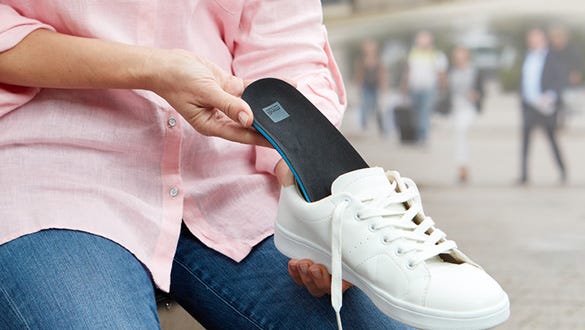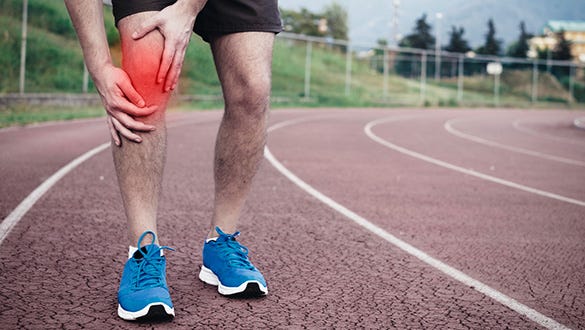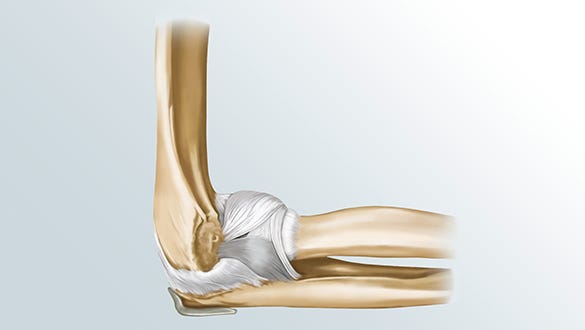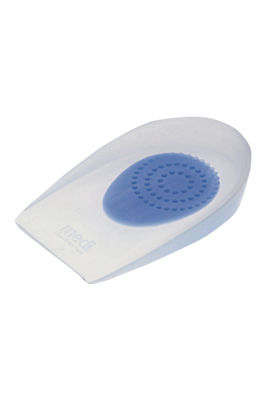- Free First Class Delivery
- Buyer Protection
- Secure Online Shopping
- Healthcare Professional? Click here
Foot deformities
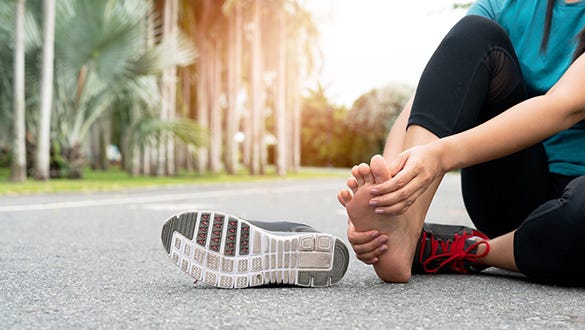

Categories
Foot deformities are more common than you think. They not only cause symptoms in the feet, but they can also lead to skeletal misalignment causing problems in the hips, back or knees. One quarter of the bones in the human body are in the feet. Our feet also comprise of 33 joints and more than 100 muscles, tendons and ligaments. On average, they take about 5,000 steps every day.
Flat footed
A fallen foot arch results in a flat foot. Normally you should see an arch in the bottom of your foot which is created by the tendons pulling in your feet. Besides congenital deformities, weak ligaments and muscles are primarily responsible for fallen arches. Even if there are no symptoms at first, higher loads can lead to pain and discomfort in the sole of the foot as well as problems in the knees and back.
Skew Foot
Many infants have skew foot deformity, in one or both feet. The shape of the foot is characterised by a flattening of the longitudinal arch and the foot bending inward when walking. It often looks like a “C” shape. In most cases, the skew foot corrects itself.
Claw Foot
Claw foot is the opposite of flat foot in that the inside and outside longitudinal arches are considerably more prominent. This leads to overloading of the forefoot and heel. A claw foot can be hereditary or it can develop following paralysis or nerve damage in the muscles of the feet. A claw foot is not necessarily harmful and may not require treatment, but it can cause pain or result in development of other disorders.
Splay Foot
Splay foot (pes transversovalgus) is a very common foot deformity that is also known colloquially as "flat foot". The underside ball of the foot is flattened causing the forefoot to broaden. Obesity, overstrain in sports and poorly trained muscles of the feet can often cause splay foot. This condition often causes load-dependent pain while walking and standing and usually dissipates while resting or relieving weight from the foot.




Flat Foot
In flat foot, the middle part of the foot drops, so that the inner side of the foot is lower than it is when in the correct foot position. The shock-absorbing functions of the arch of the foot are absent which can often cause symptoms in the calves, knees, thighs, hips or the back.
Calcaneal Spur
A calcaneal spur (heel spur) is a bony outgrowth from the heel bone. They are often painless but can cause heel pain and are frequently associated with plantar fasciitis. If a heel spur is painful and left untreated, normal walking is very painful. The causes include the wrong footwear, obesity, excessive loading during sports or long periods of standing.
Hallux Rigidus
This is a disorder of the joint located at the base of the big toe. It can cause pain and stiffness in the joint which, in time, becomes increasingly harder to flex the joint. It is an arthritic condition caused by wear and tear. The disorder can be inherited or caused by injuries and harmful stresses.
Hallux Valgus
Hallux valgus is also known as a bunion and is commonest forefoot deformity. There is an estimated prevalence of 23-35% in the UK. A hallux valgus is when the first metatarsal bone deviates outwards towards the outside of the foot. This widens the area around the ball of the foot. However, the tendon is too short for this and pulls the big toe to the side.

